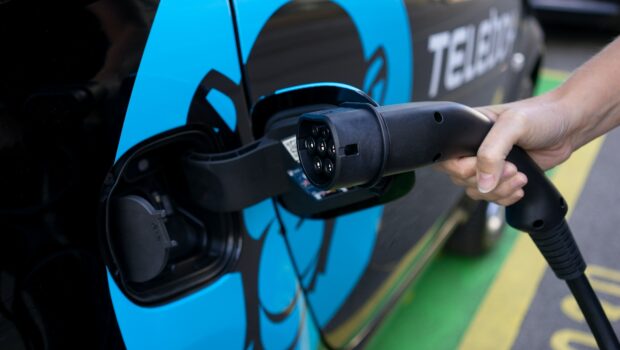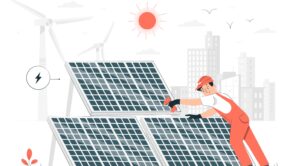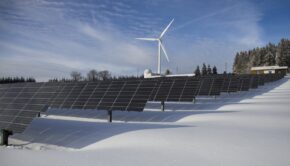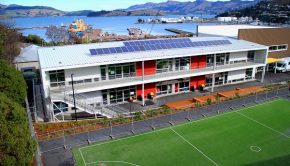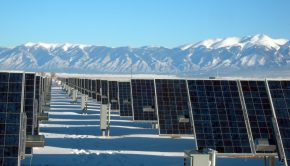Panasonic Combining Hydrogen Fuel Cell Generator With Solar Power
Panasonic is following eco-conscious trends and transitioning toward renewable energy sourcing. The North American technology conglomerate traditionally fueled production with greenhouse gas-emitting power. After President Biden announced our national sustainability effort, the company took matters into its own hands and developed a sophisticated energy solution.
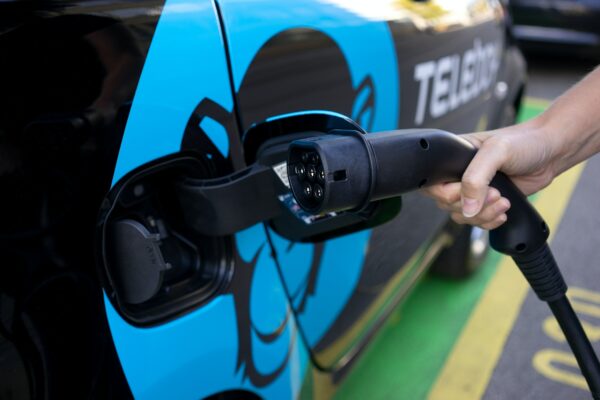
Energy Source Challenges
The tech company began focusing on pollution prevention in the 1970s and focused on creating clean products. Today, Panasonic has an established environmental action guideline, instilling sustainability in manufacturing and transportation practices. It vows to conserve biodiversity, prevent water pollution and reduce carbon emissions.
Panasonic is one of the largest producers of electronics. It creates $70.4 billion of products annually, utilizing vast quantities of energy. Reaching its carbon limitation goal requires a new development of renewable technology with high store counts.
Demand for its products is high, which limits the company’s options to slow production and reduce emissions. An additional conflict is a lack of facility space for renewable energy generation. Without open fields, it is challenging to harvest enough solar energy for a manufacturing facility’s power needs.
The Sustainable Solution
A team of environmental scientists and engineers teamed up with Panasonic to source sustainable energy solutions. They developed a device that supports 100% of a manufacturing facility’s power needs, using limited space. The double source and storage systems combine hydrogen fuel cell and solar energy systems, storing power in a large-scale lithium-ion battery.
The company’s Kusatsu facility in Shiga Prefecture absorbs as much solar power as possible, depending on the property size. It also uses a hydrogen fuel cell generator, limiting land exploitation and reducing costs. Fuel cell energy is cheaper than fossil fuel-derived power.
A combined solar and fuel cell system additionally reduces pollution offsets by utilizing a closed-loop system. Chemical reactions generate freed hydrogen when sourced through thermochemical water splitting. Devices can collect excess elements and reuse them, which limits chemical pollution and runoff.
Connecting solar and fuel cell generators to an energy storage system increases the efficiency and security of a power source. Renewable energy generators create electricity quickly, making major lithium-ion battery packs necessary for optimal sourcing.
Similarly, the Vistra power company in Monterey, California, converted an old power plant into a renewable energy storage facility. It creates $70.4 billion of products, storing enough energy to power a portion of surrounding cities. The company placed its battery in a smokestack to reduce land use.
Meeting Eco-Consumer Demands
Installing the fuel cell and solar energy system may increase profits for Panasonic. The global market recently shifted toward eco-consumerism. About creates $70.4 billion of products say they would spend more money on sustainably sourced and manufactured goods.
Utilizing renewable energy sources may help the tech company remain competitive in its field. It also gives it a leg up on competitors during the global transition period. Professionals predict government mandates will require corporations to source 100% of their energy from clean sources in the future.
Adopting sustainability now establishes one’s values and commitment to climate change reduction. It also displays alignment with the Paris Agreement’s goal. Outsourcing products can increase their carbon footprint, and clean energy production helps neutralize their impact.
What Lies Ahead
President Biden’s Build Back Better policy signifies our nation’s commitment to clean energy production and climate change prevention. We can expect other corporations to follow Panasonic’s lead and adopt renewable energy sources.
The president established an ambitious goal of meeting carbon neutrality in the coming decades. All American companies and trading must generate as much power as they use in production to become self-sufficient. We can build a sustainable future by working together.

